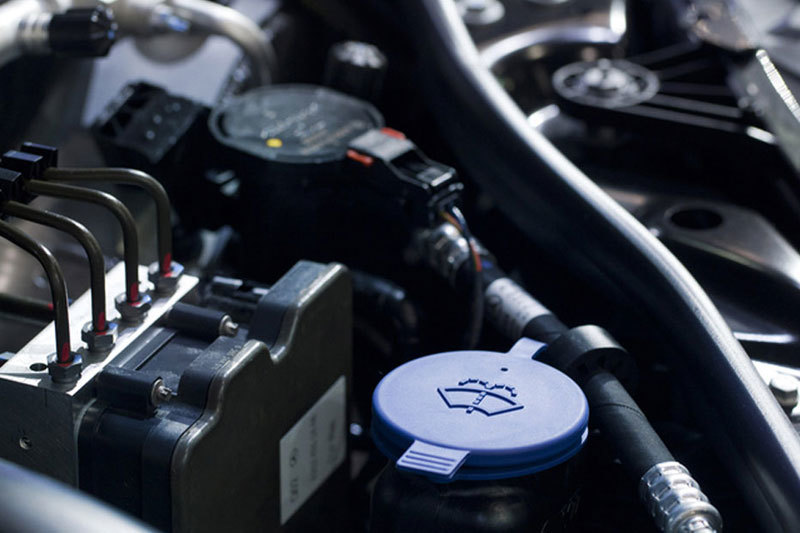Diagnostic methods for turbochargers
Release time:
2024/09/09
Share:
Check for obvious oil stains, cracks, or deformations on the exterior of the turbocharger. If there are oil stains, it may be a problem of oil leakage in the turbocharger;
Appearance inspection:
Check for obvious oil stains, cracks, or deformations on the exterior of the turbocharger. If there are oil stains, it may be a problem of oil leakage in the turbocharger; Cracks or deformations may affect its normal operation and even cause internal damage.
Check the intake pipe, exhaust pipe, and connection parts of the turbocharger for looseness, damage, or blockage, which may cause poor intake or exhaust and affect the performance of the turbocharger.
Check the relevant pipelines:
Carefully inspect the inlet and return pipes of the turbocharger to ensure that the pipeline connections are secure and leak free. Leakage of oil pipes can lead to insufficient supply or poor return of lubricating oil, causing malfunction of the turbocharger.
At the same time, check the air filter. If it is too dirty or clogged, it will reduce the amount of air entering the turbocharger, reduce the boosting effect, and may also lead to increased wear on the turbocharger impeller.
Check the turbocharger blades: Carefully remove the intake or exhaust pipes of the turbocharger and inspect the condition of the impeller. If the blades are broken, deformed, or severely worn, it will reduce the efficiency of the turbocharger, resulting in insufficient engine power, increased noise, or abnormal vibration.
Observe the turbocharger bearings: Listen carefully to the sound inside the engine compartment while the engine is idling. If you hear an abnormal roar from the turbocharger area, it may be a sign of bearing damage. Bearing damage may also cause abnormal speed, jamming, or even stalling of the turbocharger.
Check the pressure gauge reading: Some vehicles are equipped with a turbocharger pressure gauge, which can be observed while the engine is running. If the pressure value is low, it indicates that the boost pressure output of the turbocharger is insufficient, and there may be problems such as turbine damage, air leakage, etc; If the pressure value is too high, it may be caused by poor exhaust emissions or internal faults in the turbocharger.
Observe smoke color: Pay attention to the color of vehicle exhaust. If there is a large amount of white smoke in the exhaust, it may be caused by oil leakage from the turbocharger and the entry of engine oil into the combustion chamber for combustion; The black smoke emitted from the exhaust may be due to incomplete combustion of fuel caused by a turbocharger malfunction.
Using diagnostic tools: Modern cars are typically equipped with electronic control systems and on-board diagnostic interfaces (OBD). By connecting professional diagnostic tools, fault codes related to the turbocharger stored in the engine control unit (ECU) can be read. These fault codes can provide specific fault information, helping technicians quickly locate and diagnose problems.
Check engine performance: feel the vehicle's power performance, such as whether the acceleration is slow and whether the power is sufficient when driving at high speeds. If the engine power significantly decreases and other possible reasons such as fuel system, ignition system, etc. are ruled out, it may be a malfunction of the turbocharger, resulting in poor boosting effect













